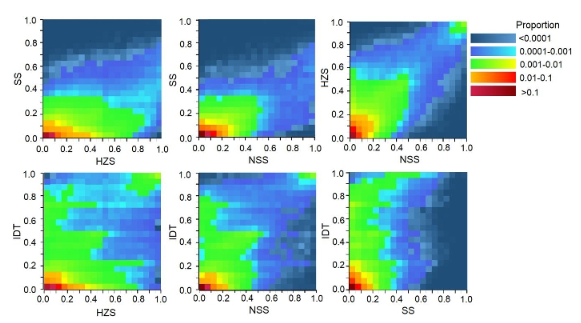Abstract:
Future breeding is likely to involve the detection and removal of deleterious alleles, which are mutations that negatively affect crop fitness. However, little is known about the prevalence of such mutations and their effects on phenotypic traits in the context of modern crop breeding. To address this, we examined the number and frequency of deleterious mutations in 350 elite maize inbred lines developed over the past few decades in China and the United States. Our findings reveal an accumulation of weakly deleterious mutations and a decrease in strongly deleterious mutations, indicating the dominant effects of genetic drift and purifying selection for the two types of mutations, respectively. We also discovered that slightly deleterious mutations, when at lower frequencies, were more likely to be heterozygous in the developed hybrids. This is consistent with complementation as a potential explanation for heterosis. Subsequently, we found that deleterious mutations accounted for more of the variation in phenotypic traits than nondeleterious mutations with matched minor allele frequencies, especially for traits related to leaf angle and flowering time. Moreover, we detected fewer deleterious mutations in the promoter and gene body regions of differentially expressed genes across breeding eras than in nondifferentially expressed genes. Overall, our results provide a comprehensive assessment of the prevalence and impact of deleterious mutations in modern maize breeding and establish a useful baseline for future maize improvement efforts.
Key Words:
deleterious mutation;;gene expression;;heterosis;;purifying selection;;SNP effect size



